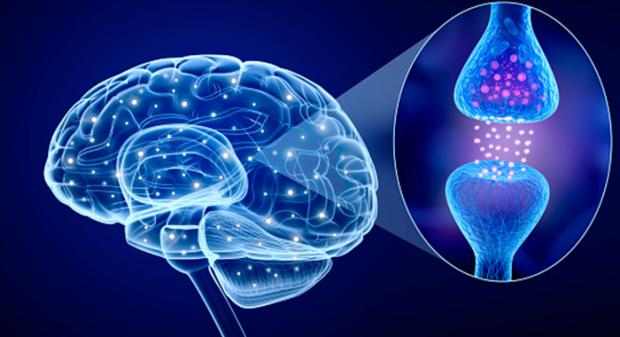
Breaking News
 LIVE ELECTION RESULTS: New York mayor, NJ & VA governor, Prop 50, Trump endorsements, latest vote
LIVE ELECTION RESULTS: New York mayor, NJ & VA governor, Prop 50, Trump endorsements, latest vote
 Sen. Markwayne Mullin Reveals Schumer Held Secret BACKROOM MEETING...
Sen. Markwayne Mullin Reveals Schumer Held Secret BACKROOM MEETING...
 RIP NYC - Muslim Communist Zohran Mamdani Wins New York City Mayoral Race
RIP NYC - Muslim Communist Zohran Mamdani Wins New York City Mayoral Race
 Dramatic Footage Shows UPS Cargo Jet Crashing At Louisville Airport
Dramatic Footage Shows UPS Cargo Jet Crashing At Louisville Airport
Top Tech News
 Japan just injected artificial blood into a human. No blood type needed. No refrigeration.
Japan just injected artificial blood into a human. No blood type needed. No refrigeration.
 The 6 Best LLM Tools To Run Models Locally
The 6 Best LLM Tools To Run Models Locally
 Testing My First Sodium-Ion Solar Battery
Testing My First Sodium-Ion Solar Battery
 A man once paralyzed from the waist down now stands on his own, not with machines or wires,...
A man once paralyzed from the waist down now stands on his own, not with machines or wires,...
 Review: Thumb-sized thermal camera turns your phone into a smart tool
Review: Thumb-sized thermal camera turns your phone into a smart tool
 Army To Bring Nuclear Microreactors To Its Bases By 2028
Army To Bring Nuclear Microreactors To Its Bases By 2028
 Nissan Says It's On Track For Solid-State Batteries That Double EV Range By 2028
Nissan Says It's On Track For Solid-State Batteries That Double EV Range By 2028
 Carbon based computers that run on iron
Carbon based computers that run on iron
 Russia flies strategic cruise missile propelled by a nuclear engine
Russia flies strategic cruise missile propelled by a nuclear engine
 100% Free AC & Heat from SOLAR! Airspool Mini Split AC from Santan Solar | Unboxing & Install
100% Free AC & Heat from SOLAR! Airspool Mini Split AC from Santan Solar | Unboxing & Install
Live view of mysterious Parkinson's protein points to new treatments

The team has produced an unprecedented "live action" view that shows how this protein is activated, providing researchers with a blueprint for therapies that help prevent cell death associated with the condition.
Parkinson's disease takes hold when nerve cells in the brain responsible for producing the chemical dopamine die off or become impaired, but the mechanisms behind this process has remained unclear. Research has pointed to the role mitochondria might play, as the power plants that provide cells with chemical energy, and how that role might take on a sinister nature when mitochondria begin to malfunction.
As we age, mitochondria become damaged and build up in the body, with studies showing how they can change shape and themselves create a toxic environment for diseases like Parkinson's and Alzheimer's to take hold. Research has shown that a protein called PINK1 plays an important protective role in the face of this threat, by tagging damaged mitochondria for destruction and removal, enabling them to be replaced with healthy mitochondria instead.
But when there are defects in the PINK1 protein or other components of this important pathway, the mitochondria are unable to be recycled and cells become starved of energy. In this way, PINK1 has been known to play an important role in the early onset of Parkinson's disease, and scientists have been able to capture differing images of they way it is activated. Now scientists at the Walter and Eliza Hall Institute of Medical Research have used cutting-edge cryo-electron microscopy technology to observe the protein in "exquisite molecular detail" and join together the different pieces of the puzzle.



